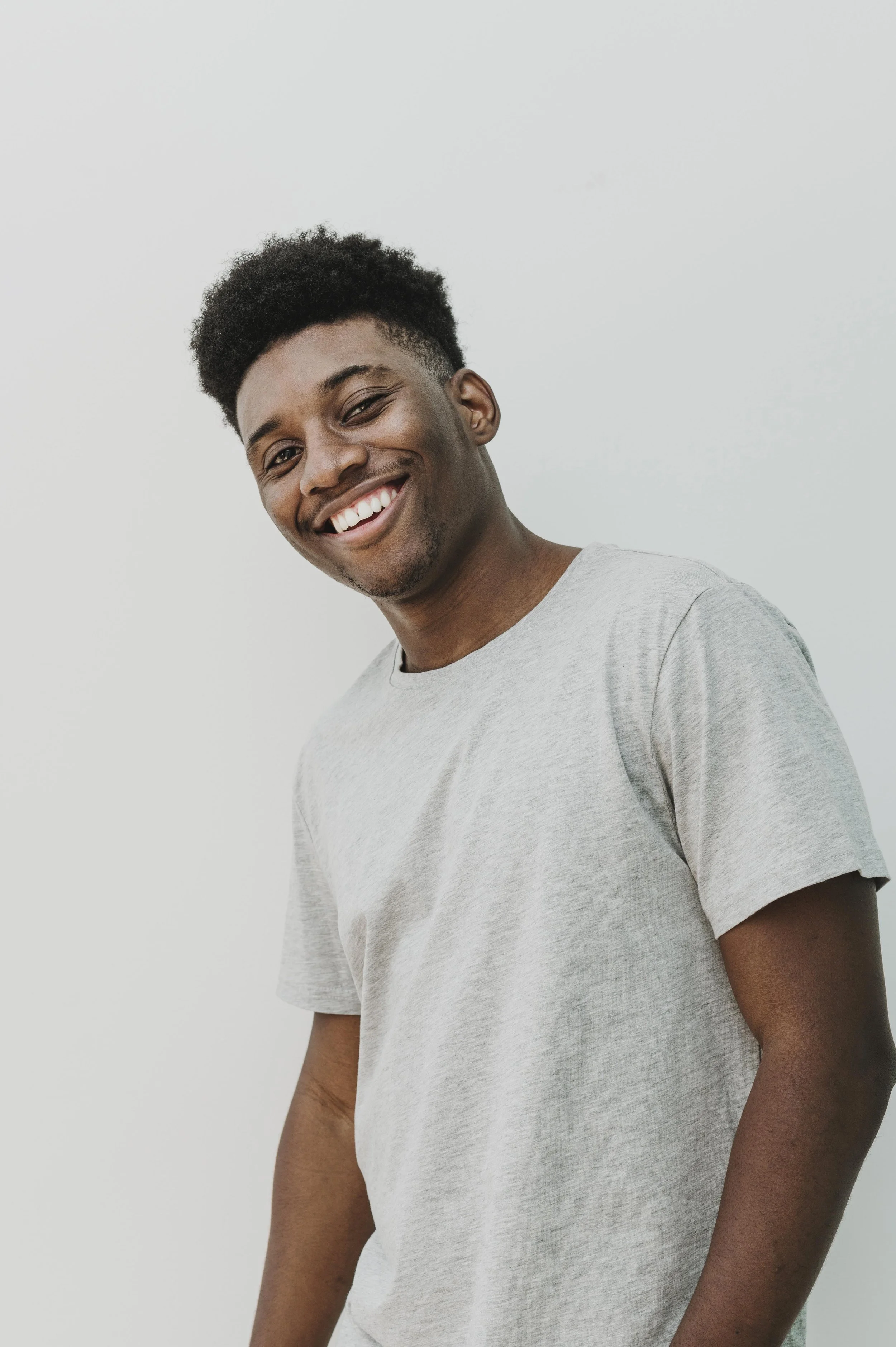Duration: 12 Weeks
Tools: Figma, Miro, Google Analytics, Maze
Role: UX Designer/ Researcher (Solo)
Date: Jan 2024
Impact Snapshot
62%
Increase in platform user engagement
45%
Increase in purchase completion
30%
Increase in new customer sign ups.
The Problem
Fast fashion harms the planet, but secondhand online shopping feels overwhelming, untrustworthy, and uninspiring, like navigating a digital flea market. Users face cluttered interfaces, inconsistent product details, and low seller confidence, driving them back to unsustainable options.
My goal: Create Thryft to make thrifting feel effortless, transparent, and empowering, encouraging eco-friendly habits.
Research & Discovery
To ground the design, I conducted a competitive audit and user research, identifying gaps in existing platforms.
I analyzed Depop, Poshmark, and Vinted (including insights) for their strengths, weaknesses, and opportunities. Here's a detailed breakdown:
User Persona
Design Process
Starting with hand sketches, I iterated on user flows, prioritizing clarity, ease, and confidence. Focused on curated browsing, condition labels, and verified profiles.
Wireframes
Created low-res layouts in Figma, testing for intuitiveness. Reduced clutter to make screens inviting.
Lo-fi Prototype
Built grayscale click-through prototypes in Figma. Shared with users for early feedback on flow, observed hesitations, and iterated on navigation.
Testing & Iteration
Conducted unmoderated usability testing on the lo-fi prototype via Maze with 10 participants (ages 22-35, 60% new to online thrifting).
With feedback in hand, I returned to Figma. I translated these insights into visual design updates, introducing a more accessible layout, cleaner typography, and emphasis on trust signals like verified badges and user reviews.
Screens
Home feed with curated “Looks”
Product detail with buyer confidence score
Profile with “Closet View” and rating history
Eco-impact tracker showing user’s contribution
Accessibility Considerations
Color contrast met WCAG AA standards
Large touch targets
Text resize support
Post Iteration UX Metrics
Bar Chart (Before vs After) shows side-by-side comparisons of task time, success rate, error rate, and satisfaction.
Line Chart (Progression) highlights how each metric improved across iterations.
The Percentage Change Chart quantifies the exact improvement (e.g., task time reduced by 30%, error rate down 80%).
Result & Impact
Making Sustainability Feel Seamless
Before Thryft, online thrifting felt like a chore. Shoppers were overwhelmed by cluttered platforms, unsure if they could trust what they were buying or who they were buying from. Fast fashion thrived on this frustration.
Then came Thryft, a simple, beautiful solution built with users in mind.
62%
🌍 Users said they would now thrift more often because the experience felt easier and more trustworthy.
45%
🛍️ completed a purchase in their first session, something almost unheard of in secondhand marketplaces.
30%
🌱 Users who had never thrifted online before made their first sustainable purchase and told their friends.
Learnings & Next Steps
Takeaways: Design thrives on empathy; user actions (e.g., hesitations) reveal more than words. Early testing reduced iterations by 30%; Sustainability UX involves removing barriers.
Growth Plan: Refine hi-fi with micro-interactions; Expand research to sellers; Build MVP with devs; Add wishlists and peer ratings for community depth.





























